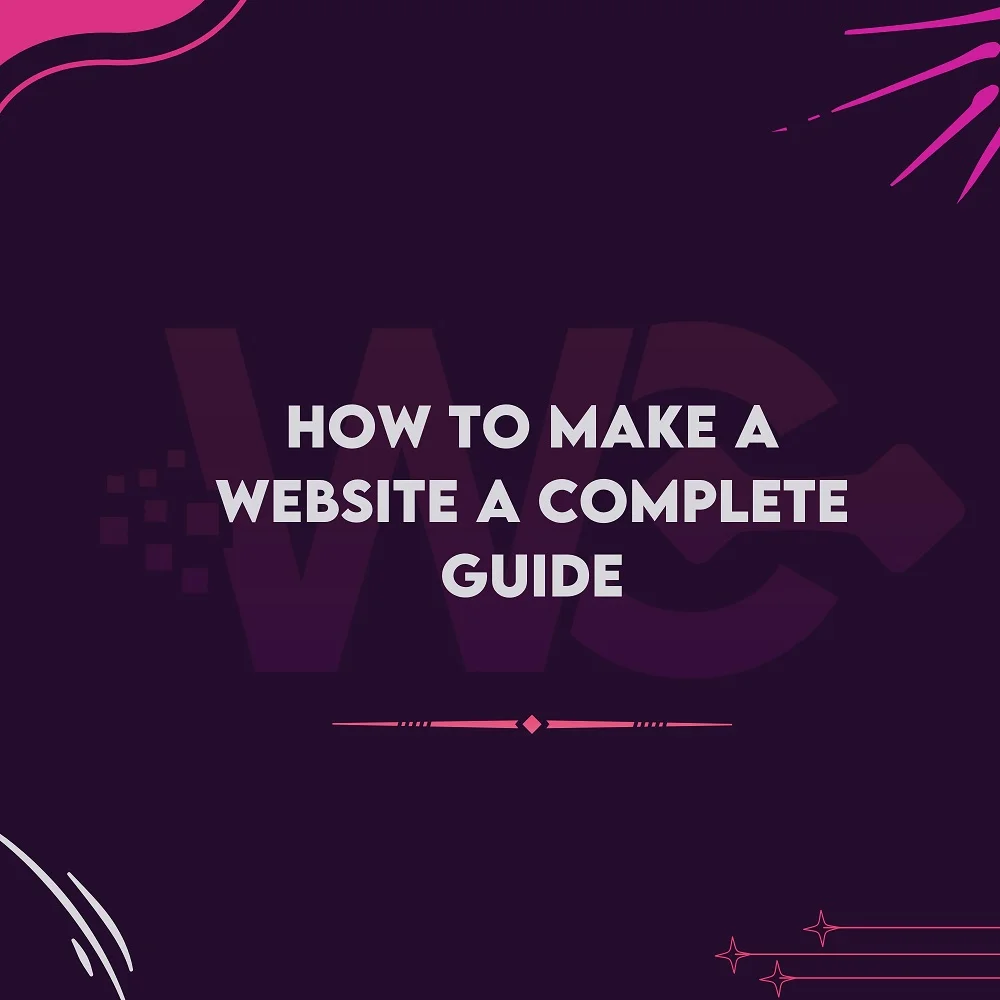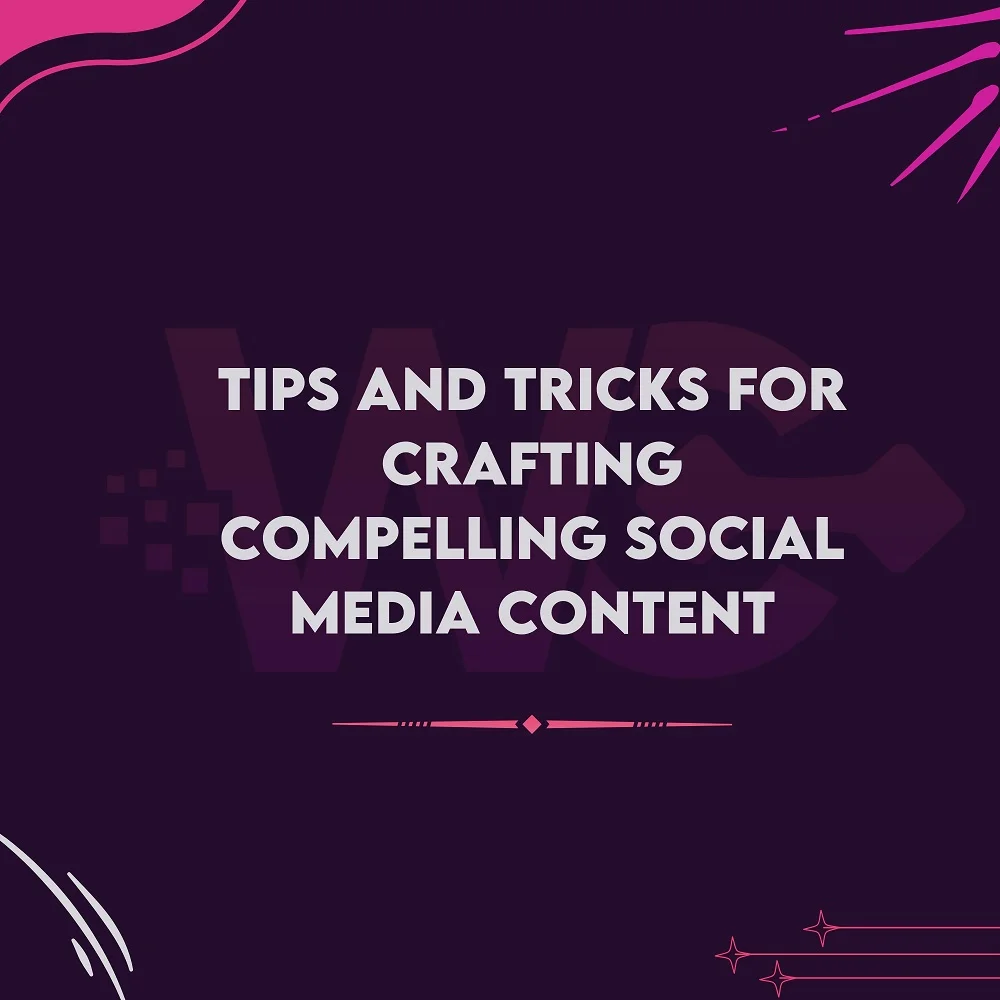
To make a website, you first need to choose a domain name and hosting.Designing your website is a crucial step in creating an engaging online presence. Optimizing your website for SEO (Search Engine Optimization) is essential for improving its visibility and ranking on search engine results pages.Planning your website is a crucial step in ensuring its success and effectiveness.Here’s a step-by-step guide to help you through this process:
Plan Your Website:
When designing a website the first thing to do is to set and clarify its objectives (for e.g. sharing information, selling products, generating leads etc). After setting the objective set specific and measurable goals (for e.g. boosting online cells by 15% or increasing the website traffic by 20%). Identify your target audience and consider their demographic preferences. Market research is very crucial when gathering insights for your website content and design. Navigation menus, categories and pages should be planned for the layout of your website.
Create a content strategy outlining what information will be included on each page.Design user-friendly interfaces that are easy to navigate and visually appealing.Ensure clear calls-to-action (CTAs) guide users towards desired actions on your website.Research competitors’ websites to identify strengths, weaknesses, and opportunities for differentiation.Use insights from competitors to enhance your own website’s unique value proposition.
Choose a Domain Name and Hosting:
The address of your website on the internet is your domain name. The domain name should e unique, relevant to the website content and convenient to remember. It is advised to keep the domain name short without numbers and hyphens and using website’s purpose related keywords or initials. For e.g. a website about healthy recipes may have a domain name like “HealthyEats.com”
Hosting is where your website’s files are stored and made accessible on the internet.Research different hosting providers to find one that offers the storage, bandwidth, security, and support you need.Consider factors like uptime reliability, customer reviews, pricing, and scalability when choosing a hosting provider.Examples of popular hosting providers include Bluehost, SiteGround, and HostGator.
Once you’ve chosen a domain name and hosting provider, you’ll need to purchase them.Register your chosen domain name through a domain registrar like GoDaddy or Namecheap.Sign up for a hosting plan that suits your website’s needs and budget. Most hosting providers offer different plans based on factors like storage space and traffic volume.After purchasing your domain and hosting, you’ll need to link them together.Access your domain registrar’s account and update the nameservers to point to your hosting provider.This step ensures that when someone enters your domain name in a web browser, they are directed to the files stored on your hosting server.
Design Your Website:
With your brand identity and purpose of your website in mind a person can select the design theme for the website. The overall look of the website is the site’s theme including color scheme, schemes and layouts. Website builders like WordPress can be used for choosing the best appropriate theme for the website. The website design should be vibrant, eye catching and easy to navigate for visitors. All the important website information should be easily approachable and must have a clear menu guidance structure for the users through the site. Consider mobile responsiveness to ensure your website looks good on all devices.
Content is key to keeping visitors engaged. Include high-quality images, videos, and writtencontent that is relevant and engaging.Use clear headings, bullet points, and paragraphs to make your content easy to read and digest.Before launching your website, test it thoroughly to ensure all links work, pages load correctly, and the design is consistent.Gather feedback from users and make improvements based on their suggestions to enhance the user experience.
Develop Content:
The brand voice, messaging and tone should be clearly defined. Maintain consistency in communicating with your audience through the content. Create a content strategy which defines the type of content such as blog posts, videos or case studies. Maintain a consistent publishing schedule which includes regular update. Try to produce valuable, high quality content which addresses the audience’s needs and interest. Focus on providing valuable content that is informative and engaging.
The tyIncorporate visual elements like images, videos, and infographics to enhance the visual appeal and readability of your content.Ensure the visual content is relevant, high-quality, and aligns with your brand identity. Track the performance of your content using analytics tools like Google Analytics. Monitor key metrics such as traffic, engagement, and conversions.Use data insights to refine your content strategy and optimize future content for better results.
Optimize for SEO:
Conduct keyword research to identify relevant keywords and phrases that users search for in your industry.Tools like Google Keyword Planner, SEMrush, or Ahrefs can help you find valuable keywords with high search volume and low competition.Optimize your website’s on-page elements, including title tags, meta descriptions, headings, and URLs, with your chosen keywords.Ensure your content is high-quality, informative, and relevant to your target keywords.
Organize your website’s structure in a logical and hierarchical manner to make it easier for search engines to crawl and index your pages.Use internal linking to connect related content and guide users through your site.Make sure your website is mobile-responsive to provide a seamless user experience on all devices.Google prioritizes mobile-friendly websites in its search results, so optimizing for mobile is crucial for SEO.
Improve your website’s loading speed by optimizing images, minifying CSS and JavaScript files, and utilizing browser caching.Faster loading times lead to a better user experience and can positively impact your SEO rankings.Earn high-quality backlinks from reputable websites in your industry to increase your site’s authority and credibility.Guest posting, creating shareable content, and engaging with influencers can help you acquire valuable backlinks.
Regularly monitor your website’s performance using tools like Google Analytics and Google Search Console.Analyze key metrics such as organic traffic, keyword rankings, and user engagement to make data-driven decisions for SEO optimization.
Conclusion:
By following these steps,you can create a visually appealing and user-friendly site that effectively communicates your brand message to your target audience.You can create a comprehensive and effective website that meets the needs of your audience and achieves your desired objectives.You can increase its visibility, attract more organic traffic, and improve your search engine rankings effectively.











